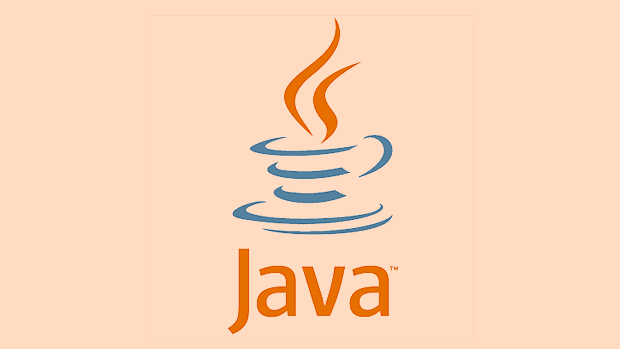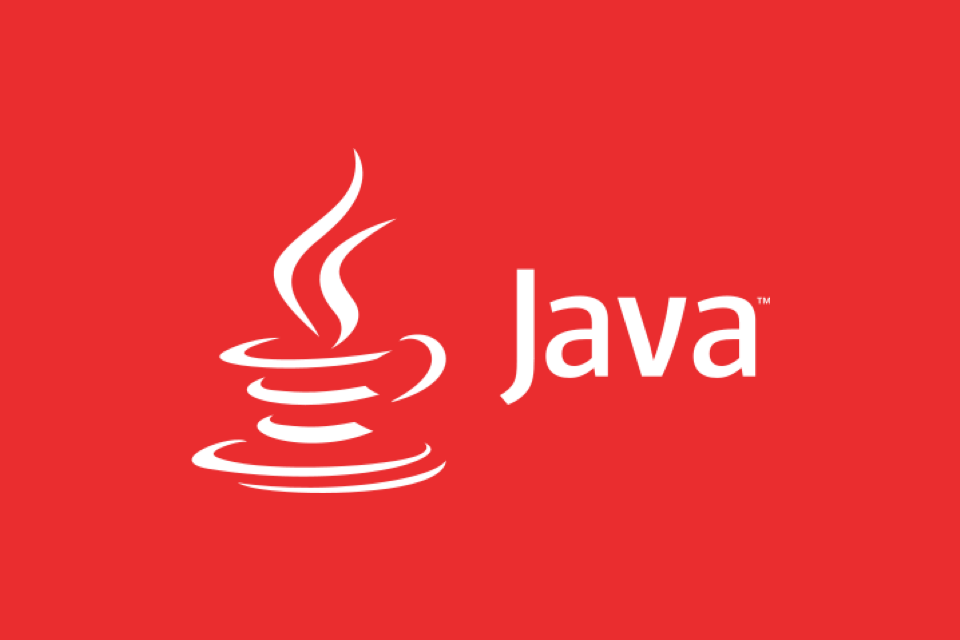To create a custom ClassLoader, you need to understand the class loading mechanism, extend the ClassLoader, override findClass(), and handle class dependencies. 1. Understand the class loading mechanism: Java uses the delegate model, and the parent loader first tries to load the class, and then loads it by itself after failure; 2. Extend ClassLoader and rewrite findClass(): implement the loadClassData method to read bytecode and call defineClass to convert it into Class object; 3. Handle class dependencies: use the parent loader to load standard classes to ensure that independent class loaders are used when different environments are isolated; 4. Clarify usage scenarios: such as dynamic code generation, hot replacement, plug-in system, etc., to avoid unnecessary custom implementations.

Creating a custom ClassLoader in Java is something you might need when you want to load classes from non-standard sources — like over the network, from a database, or even generate them on the fly. The standard class loading mechanism works fine for most applications, but there are scenarios where customizing it gives you more control.

Here's how to implement your own ClassLoader effectively.
Understand the basics of class loading
Before diving into writing your own ClassLoader , it's important to understand how class loading works in Java.

- Java uses a delegation model: when a class is requested, the class loader first asks its parent to load it. Only if the parent can't find the class does it attempt to load it itself.
- There are built-in class loaders like Bootstrap, Extension, and Application (System) class loaders.
- All user-defined class loaders must extend
java.lang.ClassLoader.
This hierarchy helps prevent duplicate classes and maintains security by ensuring core Java classes are loaded only by trusted loaders.
Extend ClassLoader and override findClass()
To create a custom class loader, you typically extend ClassLoader and override the findClass() method.

Why override findClass() instead of loadClass() ?
- Because
loadClass()handles the delegation model. If you override that without care, you break the expected behavior. -
findClass()is what gets called by the parent class loader chain only when the class isn't found elsewhere.
public class MyCustomClassLoader extends ClassLoader {
@Override
protected Class<?> findClass(String name) throws ClassNotFoundException {
byte[] classData = loadClassData(name); // Your logic here
if (classData == null) {
throw new ClassNotFoundException();
}
return defineClass(name, classData, 0, classData.length);
}
private byte[] loadClassData(String className) {
// Implement reading .class file or other source
return null;
}
}Key things to remember:
- You must convert your class source (like bytecode from a file or remote URL) into a
byte[]. - Use
defineClass()to turn those bytes into a liveClassobject. - Don't call
defineClass()multiple times for the same class unless you're doing advanced stuff like redefinition.
Handle class dependencies carefully
Your custom class loader will probably need to load not just one class, but also all the classes it depends on.
But since your loader delegates to its parent first, any standard JDK or application classes will still be handled by the system class loader. That's good — don't try to replace the default handling unless you have a very specific reason.
If you're isolating environments (like plugins or modules), you may want to ensure each has its own class loader so they don't interfere with each other. But this introduces complexity:
- Classes loaded by different class loaders are treated as different types, even if they're identified.
- Static variables won't be shared across such classes.
So always consider whether you really need isolation or just a way to load from a special source.
Know when to use a custom class loader
Common use cases include:
- Loading classes from encrypted files or JARs
- Dynamic code generation (eg, proxies or JIT compilers)
- Hot-swapping classes during development or runtime
- Plugin systems that isolate module code
Just because you can write a custom class loader doesn't mean you should. Most applications never need one. But when you do, understanding the lifecycle and structure of class loading becomes essential.
Implementing a custom class loader isn't overly complex, but it does require attention to detail. Make sure you respect the delegation model, handle errors properly, and test thoroughly — especially around class visibility and reloading.
The above is the detailed content of How to implement a custom classloader in Java?. For more information, please follow other related articles on the PHP Chinese website!

Hot AI Tools

Undress AI Tool
Undress images for free

Undresser.AI Undress
AI-powered app for creating realistic nude photos

AI Clothes Remover
Online AI tool for removing clothes from photos.

Clothoff.io
AI clothes remover

Video Face Swap
Swap faces in any video effortlessly with our completely free AI face swap tool!

Hot Article

Hot Tools

Notepad++7.3.1
Easy-to-use and free code editor

SublimeText3 Chinese version
Chinese version, very easy to use

Zend Studio 13.0.1
Powerful PHP integrated development environment

Dreamweaver CS6
Visual web development tools

SublimeText3 Mac version
God-level code editing software (SublimeText3)

Hot Topics
 Difference between HashMap and Hashtable?
Jun 24, 2025 pm 09:41 PM
Difference between HashMap and Hashtable?
Jun 24, 2025 pm 09:41 PM
The difference between HashMap and Hashtable is mainly reflected in thread safety, null value support and performance. 1. In terms of thread safety, Hashtable is thread-safe, and its methods are mostly synchronous methods, while HashMap does not perform synchronization processing, which is not thread-safe; 2. In terms of null value support, HashMap allows one null key and multiple null values, while Hashtable does not allow null keys or values, otherwise a NullPointerException will be thrown; 3. In terms of performance, HashMap is more efficient because there is no synchronization mechanism, and Hashtable has a low locking performance for each operation. It is recommended to use ConcurrentHashMap instead.
 Why do we need wrapper classes?
Jun 28, 2025 am 01:01 AM
Why do we need wrapper classes?
Jun 28, 2025 am 01:01 AM
Java uses wrapper classes because basic data types cannot directly participate in object-oriented operations, and object forms are often required in actual needs; 1. Collection classes can only store objects, such as Lists use automatic boxing to store numerical values; 2. Generics do not support basic types, and packaging classes must be used as type parameters; 3. Packaging classes can represent null values ??to distinguish unset or missing data; 4. Packaging classes provide practical methods such as string conversion to facilitate data parsing and processing, so in scenarios where these characteristics are needed, packaging classes are indispensable.
 What are static methods in interfaces?
Jun 24, 2025 pm 10:57 PM
What are static methods in interfaces?
Jun 24, 2025 pm 10:57 PM
StaticmethodsininterfaceswereintroducedinJava8toallowutilityfunctionswithintheinterfaceitself.BeforeJava8,suchfunctionsrequiredseparatehelperclasses,leadingtodisorganizedcode.Now,staticmethodsprovidethreekeybenefits:1)theyenableutilitymethodsdirectly
 How does JIT compiler optimize code?
Jun 24, 2025 pm 10:45 PM
How does JIT compiler optimize code?
Jun 24, 2025 pm 10:45 PM
The JIT compiler optimizes code through four methods: method inline, hot spot detection and compilation, type speculation and devirtualization, and redundant operation elimination. 1. Method inline reduces call overhead and inserts frequently called small methods directly into the call; 2. Hot spot detection and high-frequency code execution and centrally optimize it to save resources; 3. Type speculation collects runtime type information to achieve devirtualization calls, improving efficiency; 4. Redundant operations eliminate useless calculations and inspections based on operational data deletion, enhancing performance.
 What is an instance initializer block?
Jun 25, 2025 pm 12:21 PM
What is an instance initializer block?
Jun 25, 2025 pm 12:21 PM
Instance initialization blocks are used in Java to run initialization logic when creating objects, which are executed before the constructor. It is suitable for scenarios where multiple constructors share initialization code, complex field initialization, or anonymous class initialization scenarios. Unlike static initialization blocks, it is executed every time it is instantiated, while static initialization blocks only run once when the class is loaded.
 What is the `final` keyword for variables?
Jun 24, 2025 pm 07:29 PM
What is the `final` keyword for variables?
Jun 24, 2025 pm 07:29 PM
InJava,thefinalkeywordpreventsavariable’svaluefrombeingchangedafterassignment,butitsbehaviordiffersforprimitivesandobjectreferences.Forprimitivevariables,finalmakesthevalueconstant,asinfinalintMAX_SPEED=100;wherereassignmentcausesanerror.Forobjectref
 What is the Factory pattern?
Jun 24, 2025 pm 11:29 PM
What is the Factory pattern?
Jun 24, 2025 pm 11:29 PM
Factory mode is used to encapsulate object creation logic, making the code more flexible, easy to maintain, and loosely coupled. The core answer is: by centrally managing object creation logic, hiding implementation details, and supporting the creation of multiple related objects. The specific description is as follows: the factory mode handes object creation to a special factory class or method for processing, avoiding the use of newClass() directly; it is suitable for scenarios where multiple types of related objects are created, creation logic may change, and implementation details need to be hidden; for example, in the payment processor, Stripe, PayPal and other instances are created through factories; its implementation includes the object returned by the factory class based on input parameters, and all objects realize a common interface; common variants include simple factories, factory methods and abstract factories, which are suitable for different complexities.
 What is type casting?
Jun 24, 2025 pm 11:09 PM
What is type casting?
Jun 24, 2025 pm 11:09 PM
There are two types of conversion: implicit and explicit. 1. Implicit conversion occurs automatically, such as converting int to double; 2. Explicit conversion requires manual operation, such as using (int)myDouble. A case where type conversion is required includes processing user input, mathematical operations, or passing different types of values ??between functions. Issues that need to be noted are: turning floating-point numbers into integers will truncate the fractional part, turning large types into small types may lead to data loss, and some languages ??do not allow direct conversion of specific types. A proper understanding of language conversion rules helps avoid errors.






